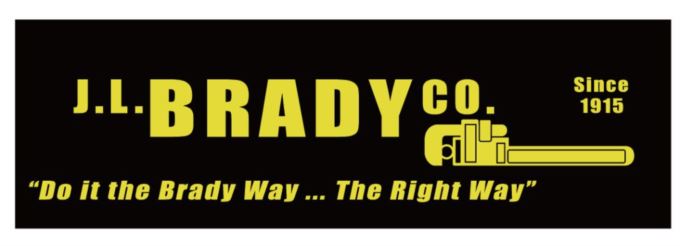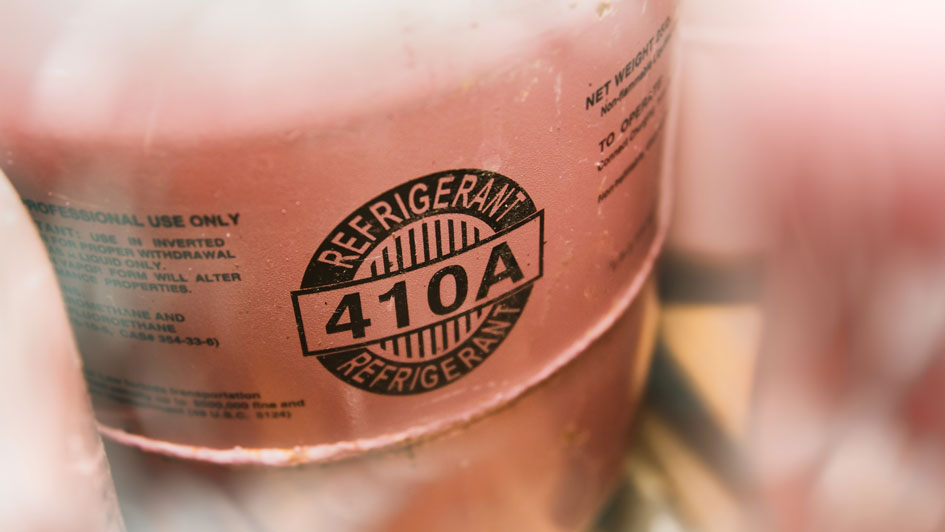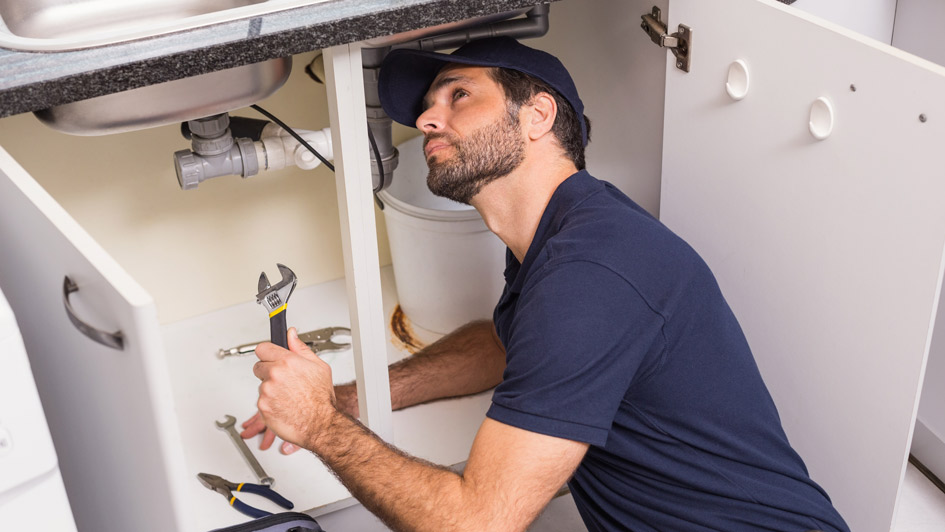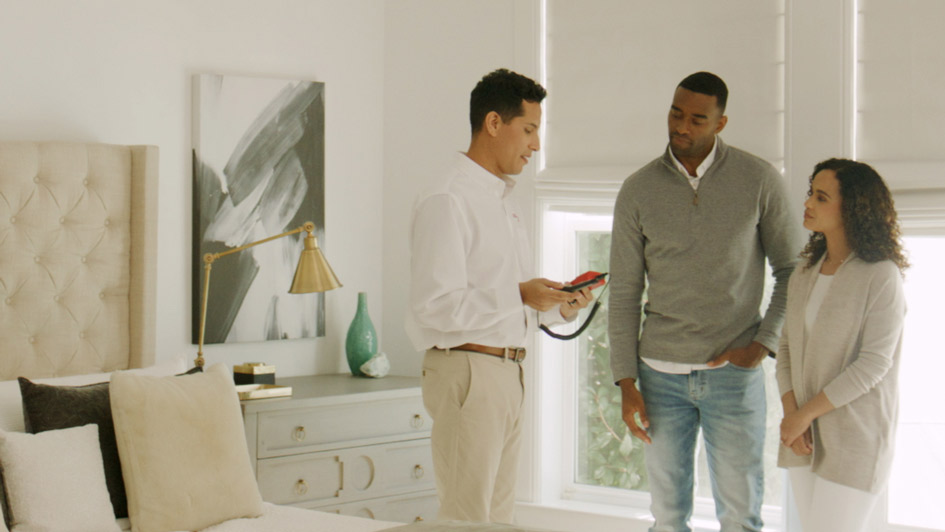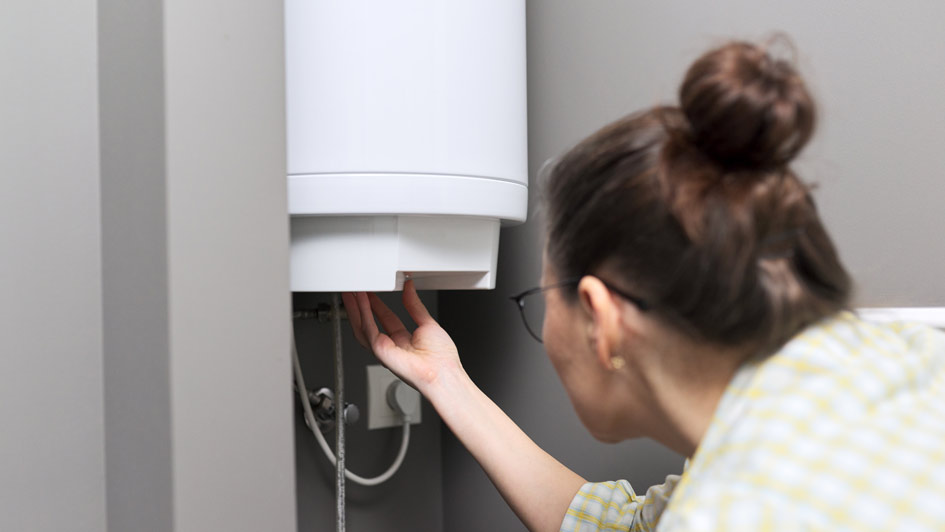Blog
About J.L. Brady Company LLC
J.L. Brady Company LLC has offered dependable, quality service to homeowners in the Quad Cities community for over 100 years. Our experienced technicians are well-trained and knowledgeable on all HVAC products, so you’ll be confident knowing you can trust us. The team at J.L. Brady Company LLC adheres to high standards and are devoted to providing the best customer service, whether you’re looking for a new HVAC system or have to schedule maintenance on your current system. You can reach us at 309-517-7511 or arrange an appointment online to get started on your home comfort needs!
© 2025 J.L. Brady Company LLC | All rights reserved
